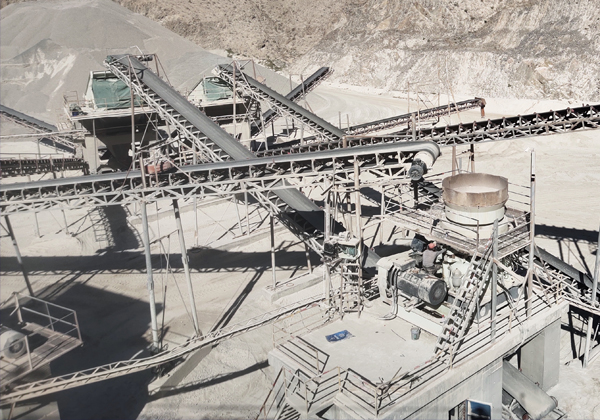The cost of limestone crushing depends on several factors, including the type of crusher used, the scale of the operation, the location, and the specifics of the material. In general, limestone crushing is a vital part of aggregate production for construction, road building, and other industries. Here’s an in-depth look at the various cost components involved in limestone crushing.

Type of Crusher Used
Limestone crushing can be achieved using various types of crushers, each with its own cost implications. Common types of crushers used for limestone include:
- Jaw crushers: These are typically used for primary crushing and can handle large-sized materials. They are more affordable upfront, but maintenance and repair costs can add up over time due to wear and tear.
- Impact crushers: Often used for secondary or tertiary crushing, impact crushers can produce fine aggregates. They generally cost more than jaw crushers but are efficient in processing softer limestone.
- Cone crushers: Used for secondary and tertiary stages, cone crushers are typically more expensive but offer better control over particle size and produce a finer output.
Material Characteristics
Limestone varies in hardness, texture, and size, which can impact crushing costs. Softer, more homogeneous limestone is easier to process and requires less energy. In contrast, harder, more abrasive limestone might cause higher wear on equipment, increasing operating costs. If the limestone contains more impurities, like clay or other hard materials, the crusher may need to work harder, increasing wear and tear, and leading to more frequent maintenance.
Energy Costs
Crushing limestone is an energy-intensive process. Depending on the location, energy costs can vary significantly, and this will affect the overall cost of production. In regions with high electricity rates, the cost of crushing limestone can be considerably higher. Diesel-powered crushers may be used in more remote areas where electricity is not easily accessible, but fuel costs would be higher in this case.
Transportation and Logistics
After crushing, the limestone must be transported to its next destination, whether it’s for further processing, storage, or sale. Transportation costs depend on the distance from the quarry to the plant or the final customer. Higher fuel prices and longer distances can significantly add to the overall cost of crushing limestone.
Maintenance and Parts Replacement
Crushing equipment for limestone requires regular maintenance to ensure efficiency and avoid costly downtime. The cost of replacing parts (e.g., liners, hammers, and blow bars) and the frequency of these replacements will depend on the hardness of the limestone being processed and the type of crusher used. Maintaining a stock of critical parts can help reduce downtime, but it also adds to upfront costs.
In summary, the cost of limestone crushing depends on several variables, including the equipment used, the material’s characteristics, energy and maintenance, and transportation fees. Ultimately, a detailed analysis of the factors specific to a given operation is necessary to determine the exact costs for a particular limestone crushing project.

